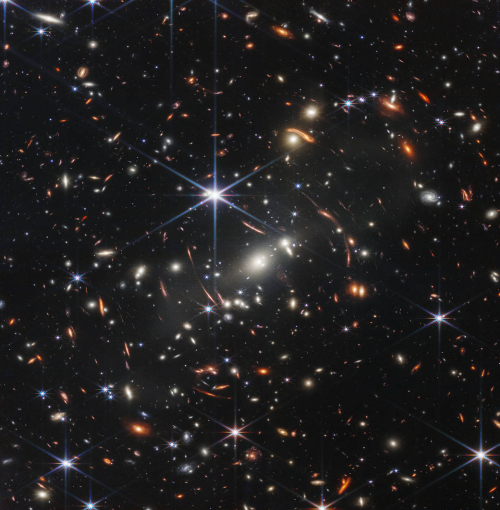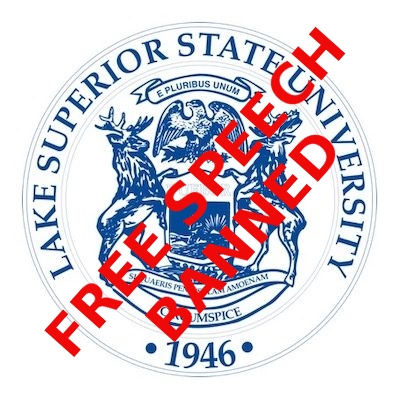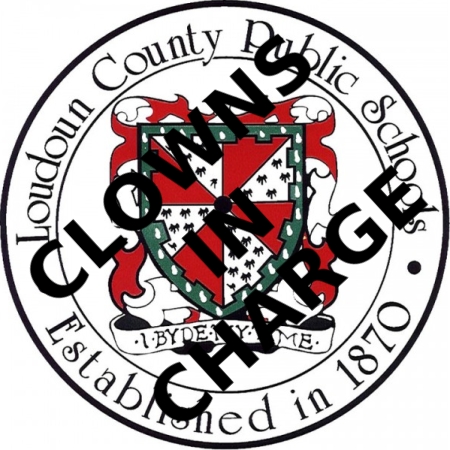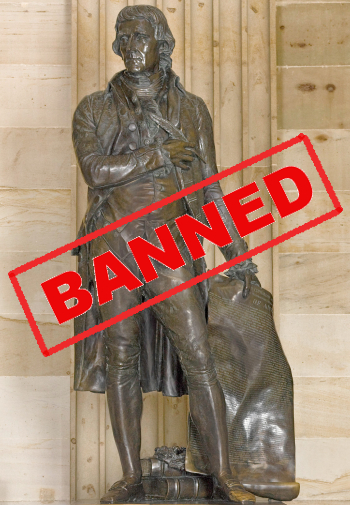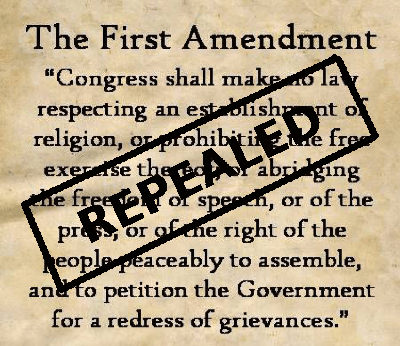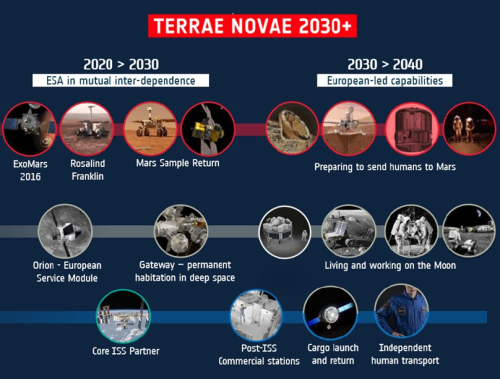New Hawaiian law takes control of Mauna Kea away from astronomers
A newly passed Hawaiian law has taken the management of the top of Mauna Kea away from the University of Hawaii and given it to a new community authority which will include many of the activists who have blocked the construction of the Thirty Meter Telescope (TMT).
The new Maunakea authority will include Native Hawaiians in decisions about how the mountain is managed, with an emphasis on mutual stewardship and protecting Maunakea for generations to come. The authority will have 11 voting members, one of whom must be an active practitioner of Native Hawaiian cultural traditions, and one of whom must be a descendant of a cultural practitioner who is associated with Maunakea. There are also spots for representatives drawn from astronomy, education, land management, politics and other fields.
“I’m very hopeful for the new entity,” says Noe Noe Wong-Wilson, a Native Hawaiian elder who has helped to lead road blocks on the mountain. “It is beyond my imagination of where we would be at this time, because we have fought so long to be heard.”
The University of Hawaii has managed most of the lands around the Maunakea summit since 1968, when the state granted it a 65-year lease to operate a scientific reserve focused on astronomy. Maunakea has ideal skies for astronomical observation, given its 4,200-metre height and its stable and dark night skies. The university now has to transfer all of its management duties, including a complex set of subleases, permits and other agreements, to the new authority by 1 July 2028. [emphasis mine]
From the beginning of the protesters against TMT I made several predictions, all of which are now coming true.
- This is a power play by some activist protesters for money and power. The new law gives them that.
- The Democratic Party that controls Hawaii utterly supports the protesters, and was working behind the scenes to aid them. The new law proves that.
- TMT will never be built. This new law makes that prediction almost certain.
- The real goal of the protesters will be the eventual shut down of all astronomy on Mauna Kea. This new law is the first step in that process.
Forget about TMT. It is dead, as are any new telescopes or upgrades on Mauna Kea. Sometime around 2028, when this new authority takes over, we shall begin to see demands for the removal of telescopes.
A newly passed Hawaiian law has taken the management of the top of Mauna Kea away from the University of Hawaii and given it to a new community authority which will include many of the activists who have blocked the construction of the Thirty Meter Telescope (TMT).
The new Maunakea authority will include Native Hawaiians in decisions about how the mountain is managed, with an emphasis on mutual stewardship and protecting Maunakea for generations to come. The authority will have 11 voting members, one of whom must be an active practitioner of Native Hawaiian cultural traditions, and one of whom must be a descendant of a cultural practitioner who is associated with Maunakea. There are also spots for representatives drawn from astronomy, education, land management, politics and other fields.
“I’m very hopeful for the new entity,” says Noe Noe Wong-Wilson, a Native Hawaiian elder who has helped to lead road blocks on the mountain. “It is beyond my imagination of where we would be at this time, because we have fought so long to be heard.”
The University of Hawaii has managed most of the lands around the Maunakea summit since 1968, when the state granted it a 65-year lease to operate a scientific reserve focused on astronomy. Maunakea has ideal skies for astronomical observation, given its 4,200-metre height and its stable and dark night skies. The university now has to transfer all of its management duties, including a complex set of subleases, permits and other agreements, to the new authority by 1 July 2028. [emphasis mine]
From the beginning of the protesters against TMT I made several predictions, all of which are now coming true.
- This is a power play by some activist protesters for money and power. The new law gives them that.
- The Democratic Party that controls Hawaii utterly supports the protesters, and was working behind the scenes to aid them. The new law proves that.
- TMT will never be built. This new law makes that prediction almost certain.
- The real goal of the protesters will be the eventual shut down of all astronomy on Mauna Kea. This new law is the first step in that process.
Forget about TMT. It is dead, as are any new telescopes or upgrades on Mauna Kea. Sometime around 2028, when this new authority takes over, we shall begin to see demands for the removal of telescopes.



